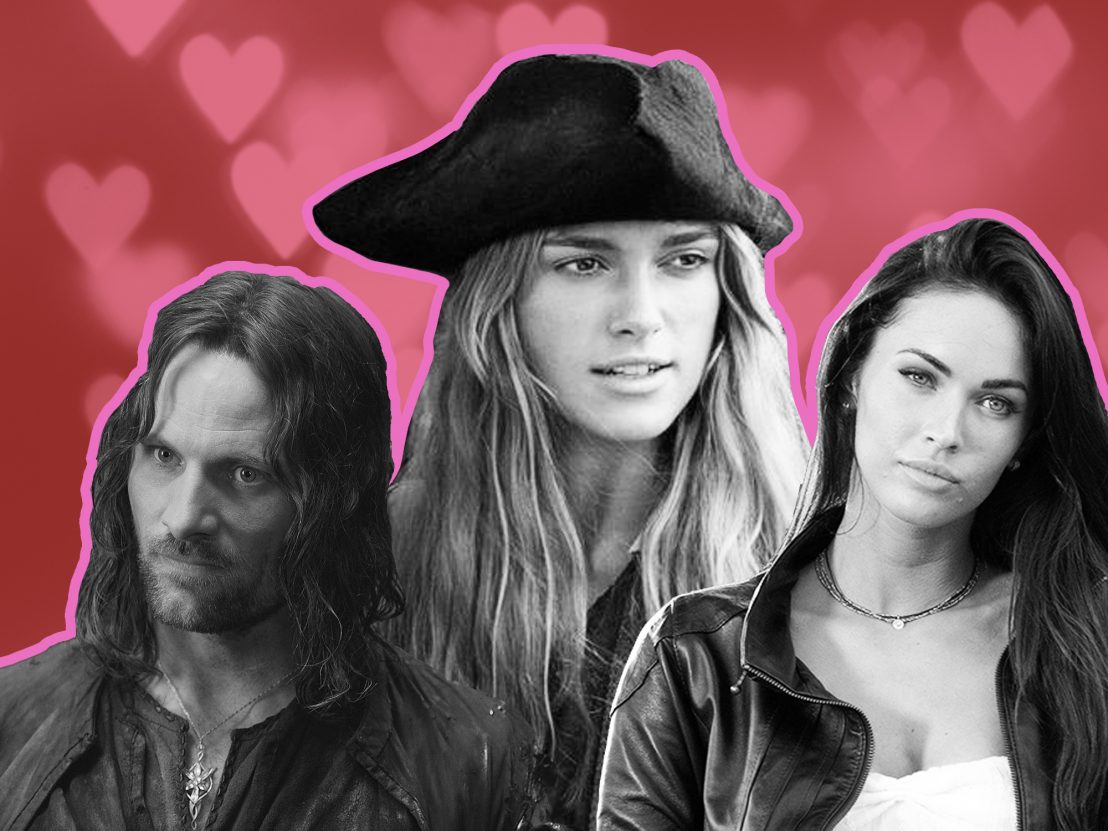
If you’ve ever watched that clip of Aragorn opening the doors in The Lord of the Rings: The Two Towers and found it altered your brain chemistry, you’re definitely not alone. Who knew something as mundane as entering a room could be quite so…overwhelming?
I have been crushing on Aragorn as far back as I can remember. Even now, over 20 years after The Fellowship of the Ring introduced him in all his chivalrous, tender glory, I silently thank Peter Jackson for casting Viggo Mortensen every time I rewatch the trilogy. With the exception of the year I wanted to be an elf, crushing on Aragorn was one of the most defining parts of my formative years.
It would also be fair to say that fancying the Aragorns and Will Turners of the big screen very much shaped my ‘type’ as an adult, and I’m not the only one. The viral childhood-crush-vs-current-boyfriend TikTok trend (remember these videos here, here and here?) proves just how strong the link between our past crushes and current type is.
Qualified therapist and influencer Tasha Bailey has shed some light on this connection, explaining how we pick up on desirability cues about what society deems as attractive from as early as seven. At this age, “we’re working out what our relationships can give us. So if we see a movie character who is cute, kind and loving, our crush becomes a way we imagine receiving that love ourselves”.
But how does that inform our adult relationships? Bailey describes the link as being based on familiarity. Our brains are drawn to what we know, “so when we’re looking for a new partner the blueprint might look like the familiar face of a childhood crush. [That’s why] we might realise that our ‘type’ looks like Peter Pan or Edward Cullen years down the line”.
But once we’re out of childhood and taking those first tentative steps into the dating pool, are the heroes and heroines of our childhood really an attainable goal in a prospective partner? For the lucky ones like Juliane, one of the women who kindly shared her story, the answer is very much yes: “I grew up crushing on the animated Spider-Man of the 90s,” she shares, and “after years of dating toxic men, I’ve finally met my Spider-Man”. Granted her boyfriend doesn’t have web-slinging super powers, but when asked about the similarities between her childhood crush and her real-life partner, Juliane tells us of the overwhelming feelings of empathy, kindness and thoughtfulness projected by both: “My boyfriend and the Spider-Man of my childhood were both raised by women, and it shows […] I even call him Spidey!”
But whilst Juliane’s superhero dreams have come true, many of us haven’t had quite the same experience. Take Cathy, for example, whose childhood dreams of Neverland never-quite-landed: “I was ten the first time I saw Jeremy Sumpter in Peter Pan and remember sitting between my mum and dad blushing so much,” she says, an experience a lot of Millennials can surely relate to. Since then, Cathy says she has “Exclusively fallen for guys who are adventurous and silly in a childish kind of way. Hilariously, I’ve been broken up with by these same guys several times for being ‘too grown up’”.
It’s ironic that the aspects of a person we grew up idolising can be the very things that come back to bite us. Much like Cathy, I have struggled to find my Aragorn in the real world. Does any man exist who is quite so generous, so brave, so flawlessly handsome? Tolkien and Mortensen certainly have a lot to answer for, having set the standard for millennial expectations of tender masculinity so high. Surely we could all benefit from making the heroes of the big-screen a little more rounded, and a little less perfect.
Bailey nails it when she says “It can be incredibly disappointing when we realise there are no Disney heroes available on the dating market”. To tackle this in the real world, her advice is to “reflect on the qualities we admire about the characters we fell in love with, and from there decipher what the healthy versions of those qualities are” within prospective partners. She hints that chasing the chivalrous and heteronormative ‘hero’ structures depicted by the likes of Disney can often lead to heartache.
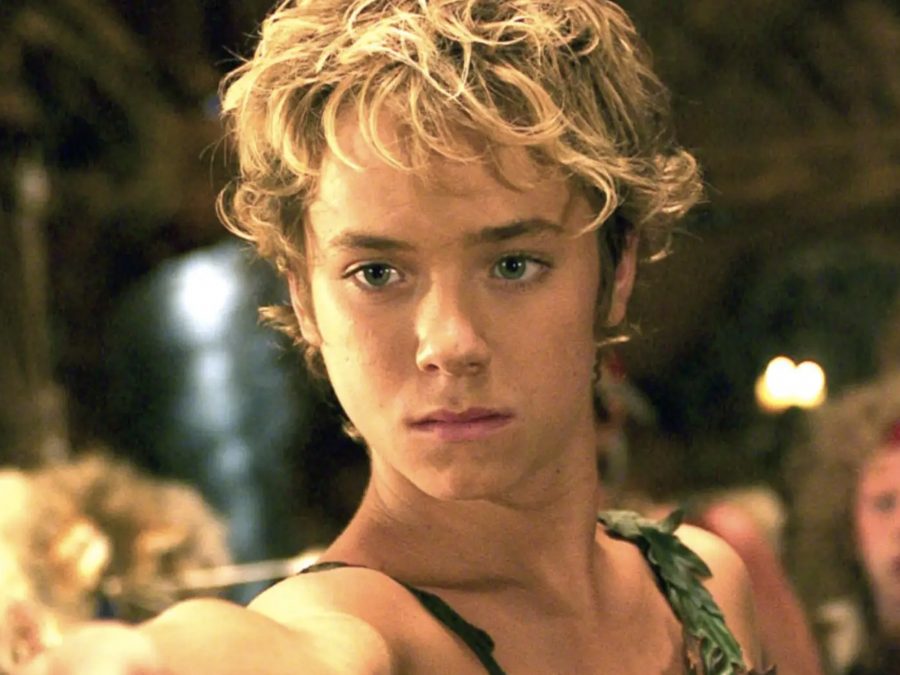
But Bailey’s views on heteronormativity in film go beyond the power dynamics between men and women. They also speak to the lack of representation in the heroes we adored growing up. These childhood heroes not only shape our expectations of partners, but also influence our understanding of our sexuality.
Take Lucy, for example, who was 15 when she saw Megan Fox in Transformers: “I remember seeing her standing over the hood of the car and feeling like I really fancied her, then feeling very weird about it”. She also recalls she had similar feelings watching Miley Cyrus in her rebel era, and Keira Knightley as Elizabeth Swann in Pirates of the Caribbean. In fact, Knightley’s Elizabeth Swann is known for triggering somewhat of a sexual awakening in teenage girls across the world, reckoning with the fact they might be queer for the first time after seeing Swann in all her sword-wielding, Pirate King glory. And honestly, who can blame them? She is completely badass and utterly gorgeous.
In Roxy’s case, however, the Pirates of the Caribbean movies offered a slightly different reckoning. As someone who was convinced she was gay, it was actually the sight of Orlando Bloom swinging from the rafters that allowed Roxy to process she was also attracted to men: “I was about thirteen when Dead Man’s Chest came out […] In an interview, Kiera was asked if she felt lucky getting to kiss the two most-fancied men on the planet. I remember thinking ‘Wow, yes she’s so lucky, but they’re also lucky because they get to kiss her'”.
Roxy’s conversations with friends at school swooning over Will Turner allowed her to process her feelings: “I did think Orlando was attractive, and at first I felt a bit of pressure to fit in, but when I really thought about it I realised actually, I do have a crush on him too.” Such was the journey of 13-year-old Roxy learning she was bisexual.
This is the beauty of film: the way in which it makes space for these kinds of conversations. After all, who doesn’t leave the cinema talking endlessly about a film they loved? Just imagine how much easier young people processing their sexuality through film could have navigated their feelings had they seen queer characters represented in what they were watching growing up.
Bailey also supports this idea, explaining how “having more queer heroes, heroes of colour, and heroes with different bodies will not only break down the societal discrimination of learning who we ‘should’ be attracted to, but also build self-esteem and self-identity for so many children”. The overwhelming evidence of the link between our childhood film crushes and adult partners really stands as testament to how impactful this kind of representation could be.
As filmmakers take steps towards representing real, flawed, diverse and inclusive characters on the big screen, the young people populating cinemas today will be able to process who they are attracted to beyond the traditional hero archetypes of old. 21st century films have a responsibility to reflect our 21st century world: a time in which distressed damsels don’t necessarily need saving, and love interests should better represent previously neglected races, genders, and sexualities. Implementing this kind of visibility on-screen will help form a broader idea of what society deems attractive, and deepen our collective understanding of the wonderfully diverse world around us, paving the way for crushes that go beyond the stereotypical view of the film heartthrob.
Published 13 Jun 2023
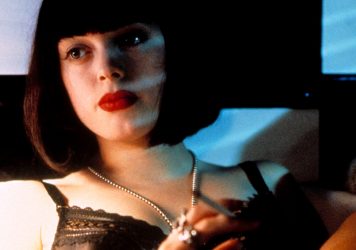
By Sam Moore
Gregg Araki’s mid-’90s triptych explores the hope and hopelessness of being young and openly gay.
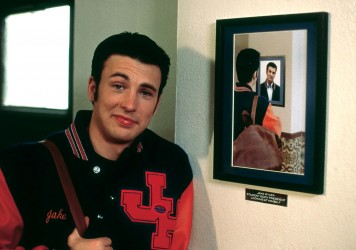
Would Chris Evans have been cast as Captain America had he not starred in this maligned teen classic?
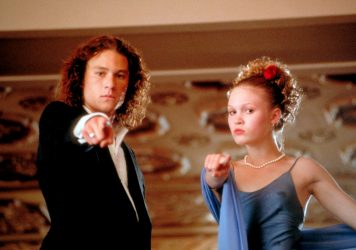
As Heath Ledger and Julia Stiles taught us, being young isn’t about fitting in but forging your own path.